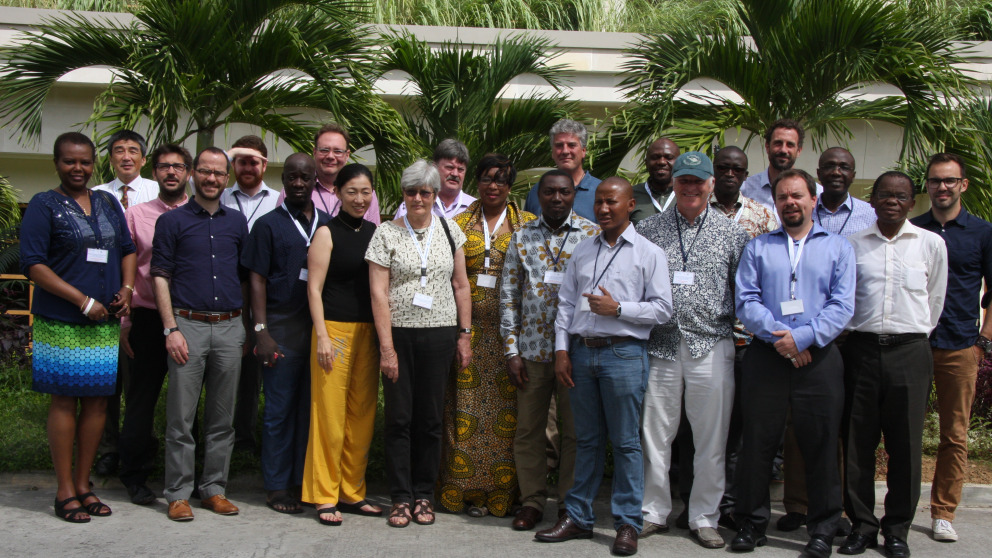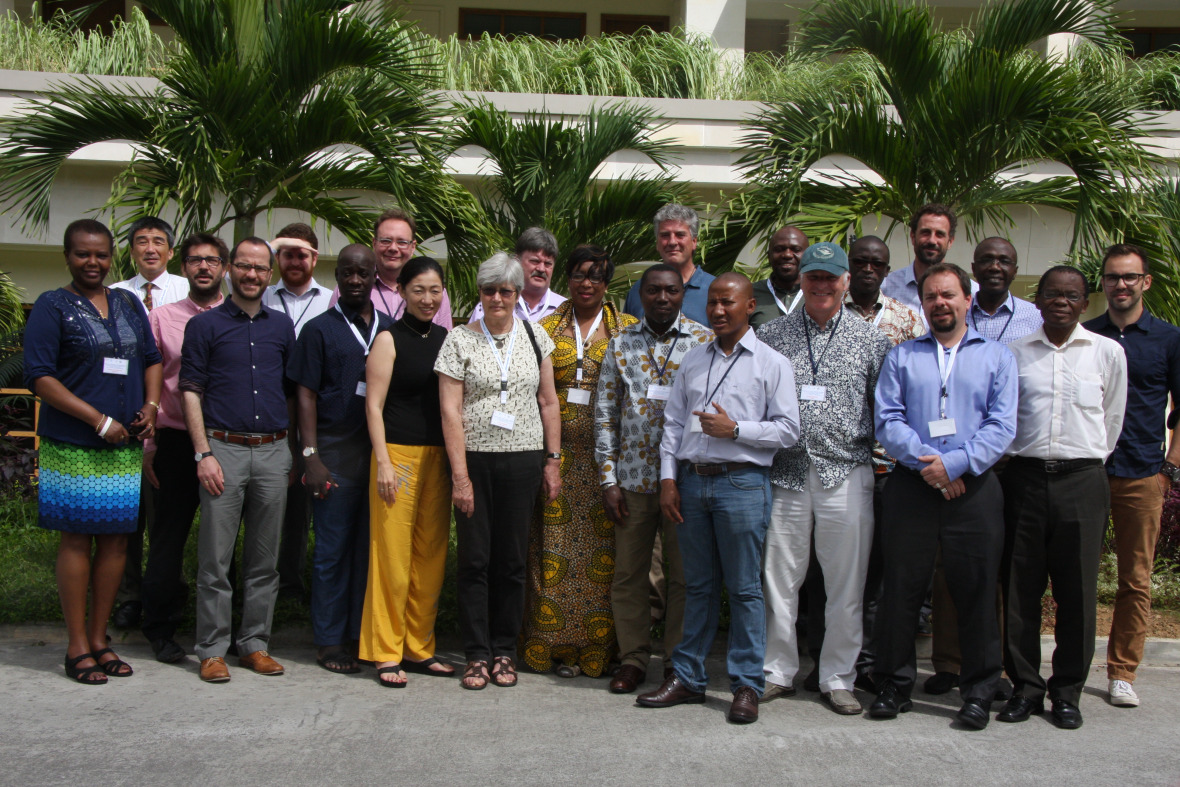Headline:
Ocean Governance in Africa: Regional Agreements Support UN Process to Protect the High Seas
Protection of oceans

In mid-June UN Member States decided at their General Assembly to launch negotiations in 2016 on an internationally binding agreement to protect biodiversity on the high seas (areas beyond national jurisdiction) under the UN Convention on the Law of the Sea. Yet as Takehiro Nakamura, Marine Ecosystems Coordinator at the United Nations Environment Programme (UNEP), subsequently pointed out, “In addition to the General Assembly resolution last week, we also need to develop the necessary implementation mechanisms at regional level.” With this in mind, the regional marine protection organisation for West, Central and South Africa (Abidjan Convention) held a workshop from 20–21 June on “Supporting the development of regional initiatives for Areas Beyond National Jurisdiction (ABNJ) in the Abidjan Convention Region” with the support of the Partnership for Regional Ocean Governance initiated by the IASS, IDDRI and UNEP. At the workshop, 20 experts from scientific institutes, international organisations and NGOs, as well as representatives of the Abidjan Convention member states, had the opportunity to discuss possibilities and challenges of protecting and sustainably using the high seas that border the Abidjan Convention Region.
The workshop is part of an IASS project on the protection and sustainable use of the high seas, which studies complementary governance approaches at both global and regional levels and integrates its findings directly into the policy process. Sebastian Unger, head of the Ocean Governance research area at the IASS, explained that the UN negotiations on a new agreement could take many years, since far-reaching political and legal issues have to be resolved. “But we’ve no time to lose. So wherever possible, existing regional organisations should begin to take initial steps. This can support the implementation of the new UN agreement when it comes into force.”
Possible threads and areas that should be protected
Coordinator of the Abidjan Convention Abou Bamba pointed out, however, that “it will be a challenge to develop and advance the global and regional approach hand in hand and to build the necessary capacities.” This was also one of the conclusions and recommendations of the 2014 Potsdam Ocean Governance Workshop in relation to the high seas. As a first concrete step, participants of the Abidjan Convention workshop developed a work schedule for the process, which will be supported by the IASS and UNEP within the framework of the Partnership for Regional Ocean Governance. Among other things, it was agreed to investigate the legal options and capacities of the Abidjan Convention with regard to the high seas and identify possible threats and areas that should be protected. Furthermore, proposals are to be formulated for management measures and cross-sector cooperation with the fishing industry and other actors engaged in marine activities. The measures to be developed within the framework of the Abidjan Convention can build on the comprehensive information on ecologically valuable marine areas in the region that the secretariat of the Convention on Biological Diversity (CBD) has already gathered in cooperation with coastal states.

The governments of the African Union have declared the period from 2015 to 2025 the ‘Decade of African Seas and Oceans’ and approved Africa’s Integrated Maritime Strategy up to 2050. This reflects the considerable development opportunities that many African coastal states recognise and are pursuing on the high seas. But the mistakes that were made elsewhere should not be repeated here. Africa needs a sustainable and integrated marine policy that includes the high seas. For that reason, the Abidjan Convention decided to make the protection of the high seas a priority at the conference of the parties (COP 11) in South Africa in 2014.
Ensuring the sustainable use of the oceans and their resources is one of the major tasks society will have to fulfil. And the protection of biodiversity in areas beyond national jurisdiction (the high seas) is a particular challenge here. These areas account for 40% of the Earth’s surface and are coming under increasing pressure due to various human activities, including fishing, increased shipping and the prospect of deep-sea mining. To date there have been no comprehensive and integrated regulations for conserving the marine environment, a lack that was criticised at the Rio+20 Summit and more recently by the G7.
More information:
- Marine Policy Journal, Volume 49, November 2014 - IASS/IDDRI edited special section
- IASS Working Paper (April 2015): “A new chapter for the High Seas?”
- IASS Policy Brief (1/2013) “Advancing Governance of the High Seas”
25.06.2015
